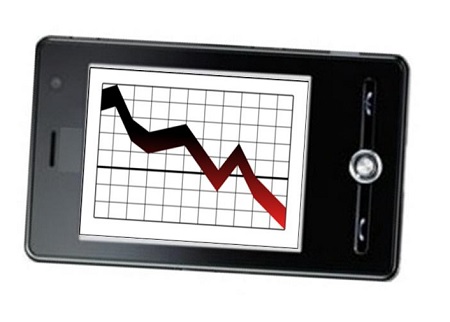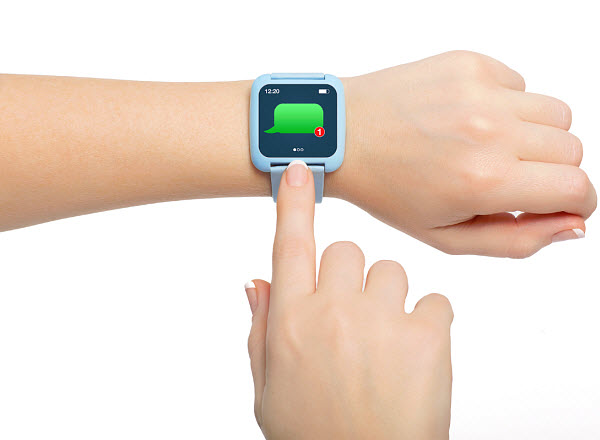The most recent data from Thailand has shown a new phase of decline has begun.
At a time in which political unrest is starting to take away from consumer confidence and is leading them to spend less, the smartphone market is starting to feel the pinch for the first time.
Recent figures have begun showing that the decline in the sales of these mobile devices is not a small one.
The Thailand Mobile Expo 2014 was just held in the country, running until the end of the weekend. Although many attended this largest exhibition of mobile phones, gadgets, and other tech devices at the Queen Sirikit National Convention Center, and it appeared to be just as booming as always, this was occurring within a smartphone market that is rapidly slowing in its sales.
This is the first time in four years that the smartphone market in the country has seen a sales decline.
Also contributing to the shrinking of the sales in this mobile device market is that many consumers have already purchased the technology and have yet to find a reason to want to upgrade to a massive degree. This is indicating that the country may have entered into a longer replacement cycle that is now considerable enough to actually affect the sales within that ecosystem.
This year’s event was the largest one yet, despite the fact that the organizer of the exhibition, Thailand Mobile Expo, M Vision Co, downgraded its sales projections by a tremendous 20 percent, to bring it to 1.2 billion baht (local currency).
That company isn’t the only one to revise its figures in a downward direction. Global research firm, IDC Thailand, has also done so, but in their case, they have reduced their sales projections by 25 to 30 percent growth, this year. This is a reduction from having previously predicted that there would be a growth rate of 35 to 40 percent, as they had expected that there would be a 14 million unit sales volume.
Senior analyst for client devices at IDC, Jarit Sidhu, explained that the slowing growth rate in the smartphone market is primarily due to low customer confidence and sentiment in an environment of political instability.
The company has now filed for a patent for this type of wearable technology device.
It looks as though Microsoft is looking into becoming another player in the smartwatches game, as the U.S. Patent Office has now publically released an application that was made by the software giant for a design that could place the company in competition against Samsung, Google, and potentially Apple (whenever it makes its own entry into the market).
This application was just released last week, though it was initially filed back in October 2012.
The Microsoft application details various plans for a type of wristwatch that could be used as a music player, a fitness tracker, a messaging device, and to make phone calls. The face for these smartwatches would be able to detach from their bands in order to connect it to a charger. If the company is, indeed, pursuing wearable technology (and this patent application would suggest that it is), the Microsoft will be joining the companies that are making a rather late entry into the market, as Apple is doing.
Other smartwatches have not only been on the market for a while, but they have had multiple generations.
The Galaxy Gear wearable technology, and the Pebble, are good examples of devices that have now had the opportunity to start to build a customer base, to market themselves, and to release more than one version of the device as a better understanding of the use and the tech is created. Another large participant in this market will be Google, when the Moto 360 is released in the United States, this summer. Rumors of Apple’s wearables have been circulating for ages, but as is the tradition from that company, nothing official has been heard about a specific device.
There is also existing competition outside of the giants in the industry, as many startups have been creating their own devices that have started to become popular. Pebble may have only been a startup, but it is still grouped among the serious players as it managed to sell 400,000 of its devices in 2013.
The patent doesn’t make it clear exactly what Microsoft’s smartwatches will be or even if they will be released to the public. As of the time of the writing of this article, the company had yet to release a statement on the matter.



